
While the beauty of black-and-white film photography has been out of fashion for some time, at least amongst popular tastes, there is still a lot of beauty and breadth to be found and fawned over for casual viewers, cinéastes, and filmmakers.
Continuing Taste of Cinema’s tireless and exciting search for the most visually exquisite black and white films “of all time” has been no easy charge, though several films stood out straight away.
The assembled list presented here is very close to definitive, but it is also deliberately varied to include modern films, and films far outside the innovation of noirs (so many of the finest black-and-white films exist in this genre, we wanted to include only the essentials and cast a wider net beyond just them), offering up in ascending order films of dazzling depth, stirring symmetry, impeccable production design, gorgeous framing, and assured grace. Enjoy!
25. Embrace of the Serpent (2015)
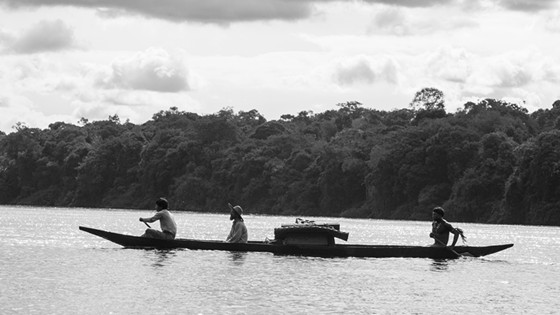
Man’s connection to nature, the tragic loss of a conquered people, and the mean mysticism that’s carried along with it are at the heart-stirring center of Ciro Guerra’s Heart of Darkness-like adventure odyssey, Embrace the Serpent. The winner of the Art Cinema Award in the Directors’ Fortnight section at the 2015 Cannes Film Festival, this Amazon-set saga of spirituality and enveloping atmosphere is an opulent black-and-white affair that is fittingly plush in 35mm.
This is one of those great and tragic epic jungle films, like Werner Herzog’s Aguirre, the Wrath of God (1972) or Francis Ford Coppola’s Apocalypse Now (1979), and like those films it was also made under extremely difficult conditions made palpable by David Gallego’s immersive cinematography. The Colombian landscapes are as majestic as they are menacing, making the forests a crazy-quilt of textures and ancient radiance. This isn’t just cinema, it’s a feat of luminous and everlasting strength.
24. Dead Man (1995)
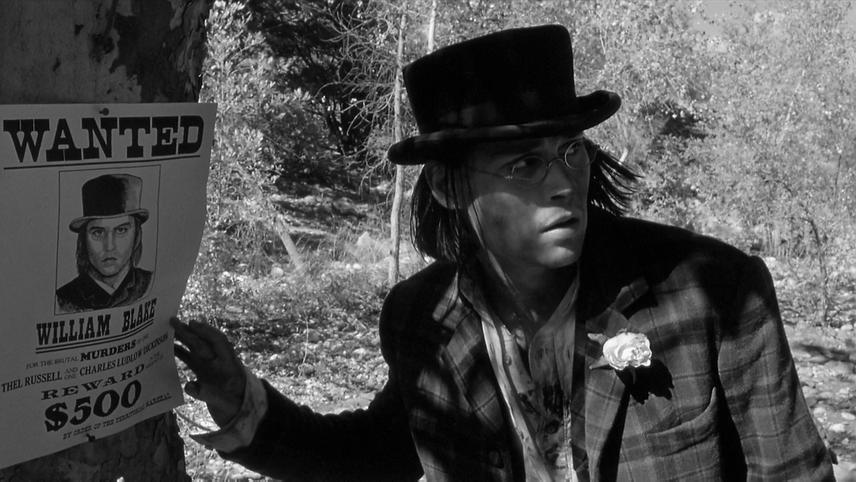
According to author and film critic J. Hoberman, “[Dead Man] is the Western Andrei Tarkovsky always wanted to make”, and considering the existential, post-modernist, and apocalyptic statements issued in Jim Jarmusch’s film, Hoberman speaks unadulterated truth.
Using his signature minimalist and informed style, Jarmusch cast Johnny Depp in the title role as William Blake, a visitor to the Western frontier, who also, cruelly, isn’t long for this earth. Depp’s Blake is a deliberate literary allusion to the 18th century poet — a repeated reference is that Blake’s poetry exists in the bullets of his gun — and Dead Man cascades such suggestion. It’s as if the film couldn’t exist in a post-Blood Meridian, post-Place of Dead Roads universe (Revisionist Western novels of great weight, by Cormac McCarthy and William S. Burroughs, respectively).
Reluctantly partnered up with a Native American named Nobody (Gary Farmer), a Virgil to Depp’s Dante, they embark on a funerary dirge that won’t end in their favor. Dead Man offers an inspired list of crazy cameos (including Billy Bob Thornton, Robert Mitchum, and Iggy Pop), a riveting score by Neil Young, and more perversely, an unconventionally damnable treatment of capitalism, racism, and cinematic violence. The darkest, most shocking film in Jarmusch’s oeuvre, it’s also his most far-reaching.
23. Black Sunday (1960)
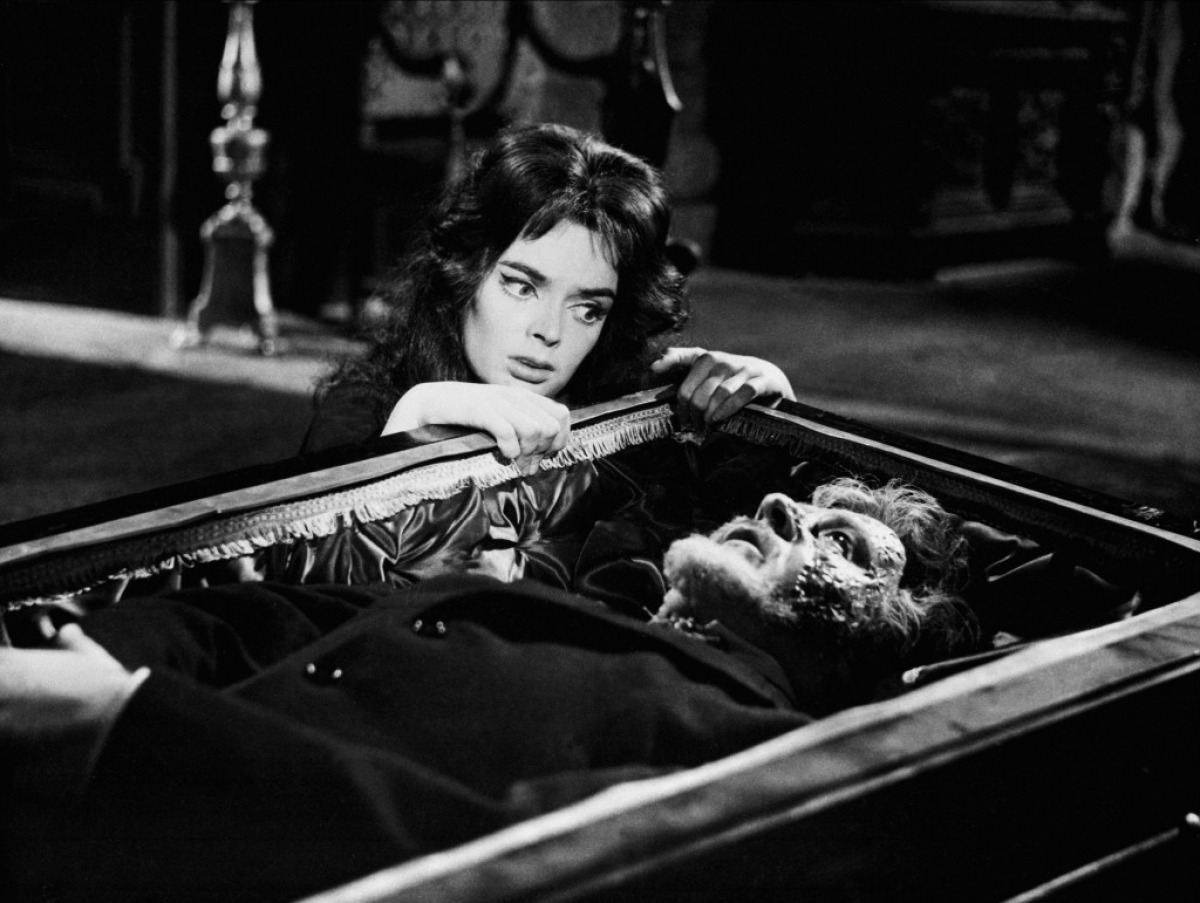
The oft imitated Italian master Mario Bava made his directorial debut with the gothic horror Black Sunday. A visual innovator with incredible instincts for atmosphere and environment, Bava, with this his breakthrough, ushered in the Golden Age of Italian horror.
Inspired by Nikolaj Gogol’s short story “Vij,” Black Sunday was controversial for all the violence and bloodshed it depicted in its sordid tale of vampiric revenge. Actress Barbara Steele, in the dual role of Katia Vajda and Princess Asa Vajda would become a genre icon and an archetypal image of evil still paid homage to today, particularly in the films of Tim Burton.
Decadent in texture, gruesomely beautiful, and uncommonly atmospheric, Black Sunday is a masterclass in monochrome magnificence and timeless horror tradition. Rarely do depraved images of shocking sexual suggestion and hyperbolic human cruelty leave such a lasting impression on the psyche. Amazing, agitating, and inspired stuff.
22. Shanghai Express (1932)
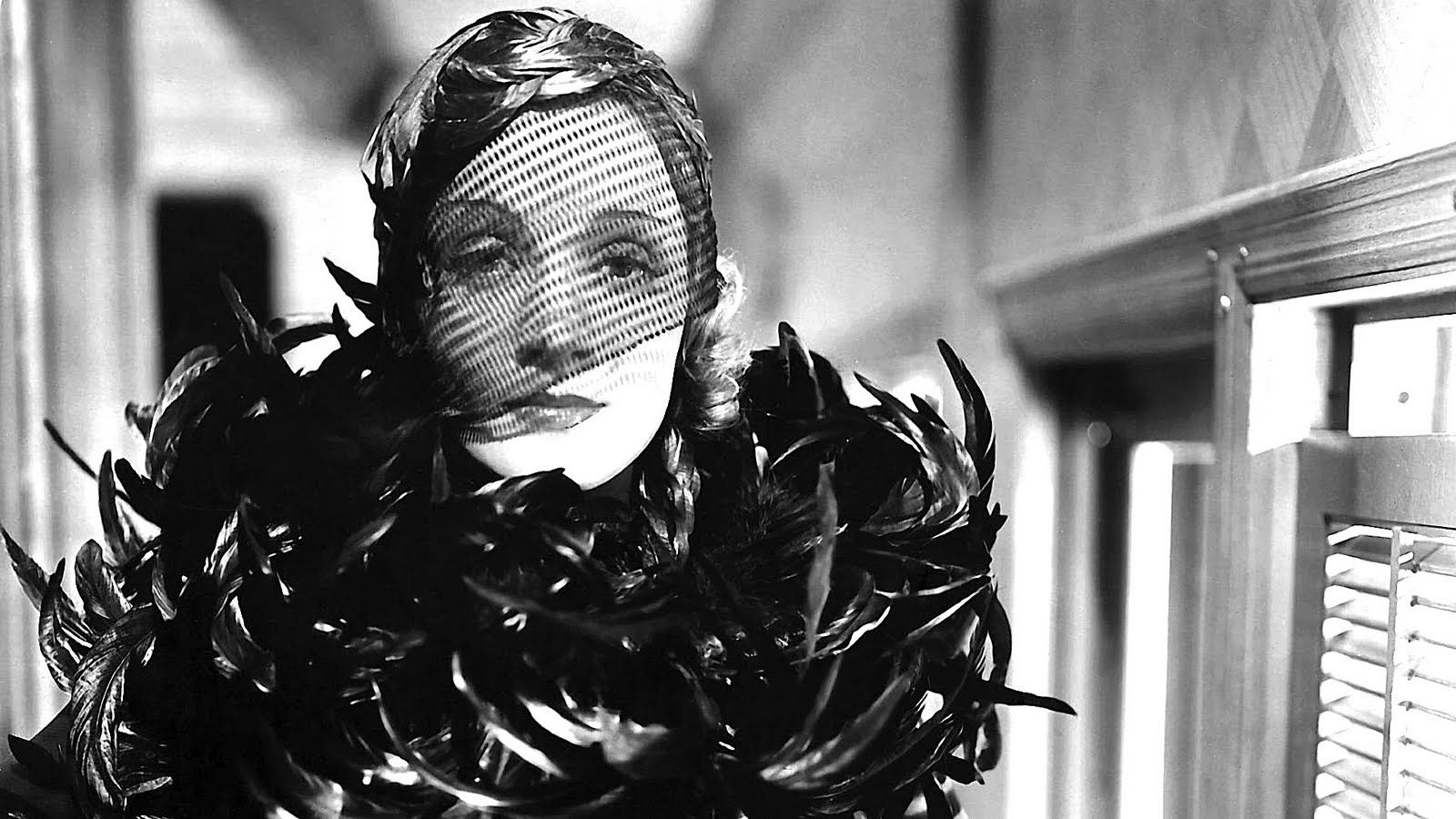
One of the greatest cinematic collaborations ever between Marlene Dietrich and Josef von Sternberg (as well as their biggest financial success and the highest-grossing film of 1932), Shanghai Express is memorable for so many reasons, but primarily for its chic and stylistic black-and-white chiaroscuro cinematography (DP Lee Garmes won the Academy Award for Best Cinematography for his efforts).
Set in Peking during a tumultuous civil war, British Captain Donald Harvey (Clive Brook) meets his former love, Magdalen (Dietrich), who leads a double life as Shanghai Lily, a woman of the evening (this was a pre-Code film with some very risqué and taboo elements for its time). Both Donald and Magdalen travel to Shanghai via the eponymous train, the Shanghai Express, and an espionage plot involving a rebel army honcho named Henry Chang (Warner Oland) leads to high-speed action and exploits.
Atypical of the Dietrich-von Sternberg films, this is one of over-the-top excess; the sets are elaborate; the costumes all gorgeously ostentatious and ornate; the use of light and shadow and depth of field is stunning to behold. And in addition to the film’s bravura visuals (von Sternberg was always a “hands on” director, and he did most of the lighting and cinematography himself, practically doing all the legwork that granted Garmes the Oscar), it also continues the tradition of these films wherein Dietrich is a powerful presence and an early feminist icon and idol. And while all her films with von Sternberg are worth watching, this may be the summit of their considerable works.
21. Manhattan (1979)

Filmed in beautiful black-and-white and 2.35:1 widescreen by Gordon Willis, writer-director Woody Allen’s valentine to New York City is a visual feast. Viewed through today’s modern lens, Manhattan is a film that does have some morally dubious elements—42-year-old Isaac Hayes (Allen) dating a 17-year-old high school girl named Tracy (Mariel Hemingway) was always creepy AF, and given the accusations against Allen over the years, it makes this film very hard to watch at times, even for his biggest fans––but if you can step back from that and see the film for the cultural touchstone that it is, it is a valuable social artifact, cultural touchstone, and representation of upper class urban America at the end of the 1970s.
Paired with George Gershwin’s ravishing “Rhapsody in Blue”, which also provided Allen with much of the inspiration for this film, a brilliant supporting cast (Diane Keaton, Michael Murphy, Meryl Streep), and the city itself—of which Willis has famously espoused his use of Panavision gave the viewer “a great look at New York City, which is sort of one of the characters in the film.”
“The increasing visual beauty of [Allen’s] films is part of their grace and sweetness,” wrote Newsweek’s Jack Kroll in his enthusiastic review of the film, offering that “[Manhattan] gives balance between Allen’s yearning romanticism and his tough eye for the fatuous and sentimental.”
Universally praised, and showing a progression and maturity previously absent from Allen’s prior work, Manhattan is a sterling example of black-and-white imagery made during the modern era. Allen and Willis give their film an almost gothic but absolutely timeless feel. The merging of Allen’s love for the long take and Willis’ breathtaking compositions help secure this film’s status as a stunning though unwieldy work.
20. Rashômon (1950)
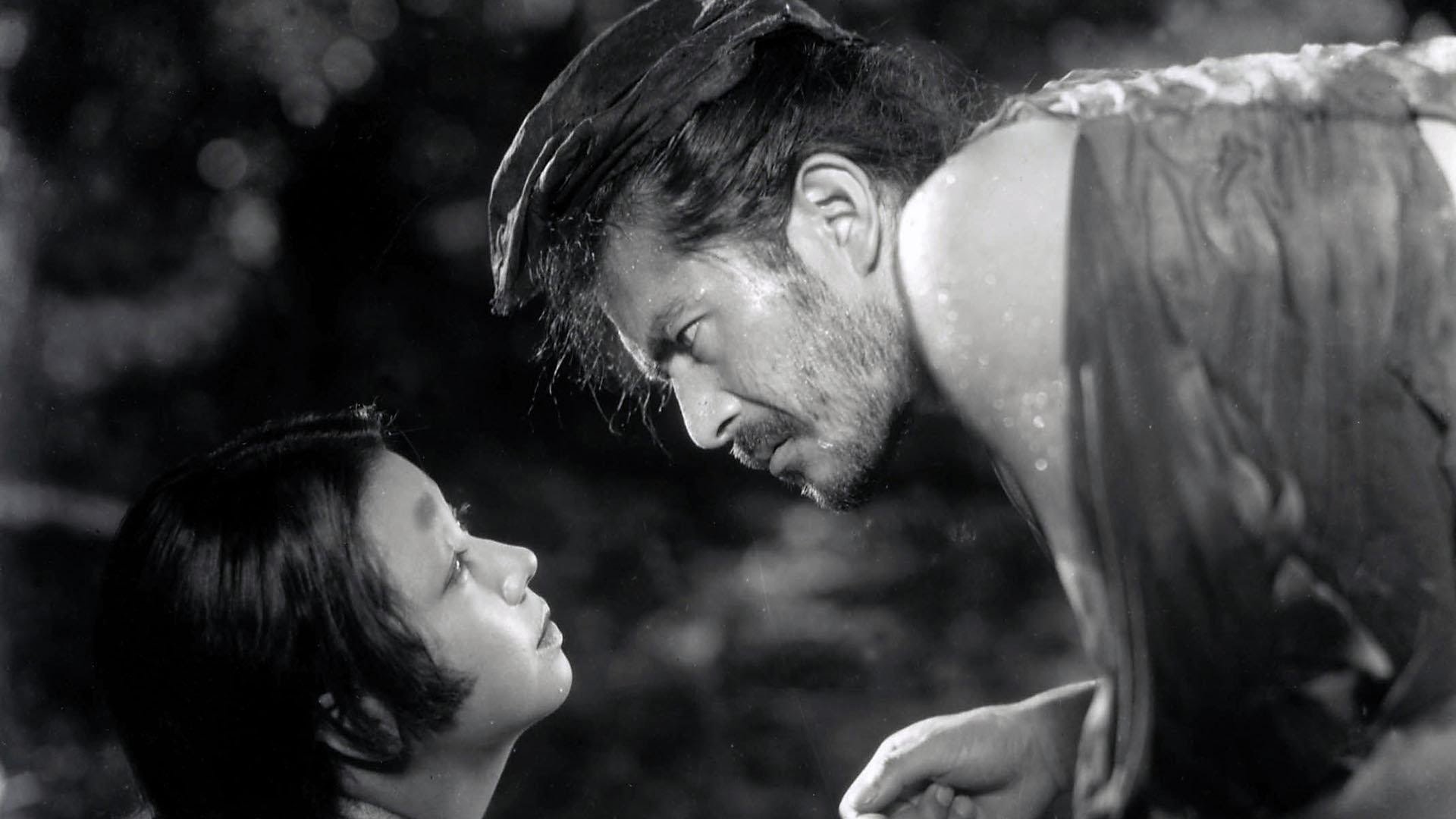
This lyrical and legendary masterpiece from Akira Kurosawa tells the judiciously straight-forward tale of Tajōmaru, a bandit (Toshiro Mifune) who’s charged with murdering a Samurai (Masayuki Mori) and then raped his wife (Machiko Kyo). Nothing is as it seems though, and things get gradually more complex as the wife, the fallen Samurai—who communicates via a medium named Miko (Noriko Honma)—and also a bystander (Kichijiro Ueda) who bore silent witness, each relate their own distinct versions of the tragic events.
Part of this great film’s legacy, apart from establishing what’s now the archetype for unreliable narrators, is the coining of the term “ the Rashômon effect”, which refers to real-world situations wherein numerous eye-witness testimonies of an event often contain conflicting information.
Kurosawa and cinematographer Kazuo Miyagawa were startlingly innovative while filming Rashômon, using an almost unprecedented amount of handheld work lengthy tracking shots that were usually only seen in newsreel footage or documentaries, and natural lighting techniques reworked radically (such as shooting directly into the sun, creating flares, and using mirrors to reflect sunlight onto the actor’s faces), giving the film a modern gleam as well as an urgency that was, at that time, unprecedented.
An outstanding achievement from a cinematic master, Rashômon is essential cinema, full stop.
19. The Third Man (1949)

Something of a compendium of film noir technique, Carol Reed’s The Third Man is, as New York Times movie critic Bosley Crowther wrote “a brilliantly packaged bag of cinematic tricks, [showing Reed’s] whole range of inventive genius for making the camera expound. His eminent gifts for compressing a wealth of suggestion in single shots, for building up agonized tension and popping surprises are fully exercised.”
Set in postwar Vienna, and starring cinema legends Joseph Cotten and Orson Welles (Trevor Howard and Alida Valli also turn in strong performances), even this strong a cast is dominated by the atmospheric use of Robert Krasker’s impressive expressionistic black-and-white photography. With distorted Dutch angles, harsh lighting, and authentic locations, paired with Anton Karas’ iconic thematic score, this is the Cold War made manifest as a cynical, sinister, and sumptuous spectacle.
18. The Grapes of Wrath (1940)

John Steinbeck’s iconic 1939 Pulitzer Prize-winning novel finds the perfect director to adapt it in the great John Ford. bringing the Joad clan to life during the Dust Bowl-era in a film of unforgettable passion and power.
When the bank seizes the Joad’s drought-addled farm, the family, led by Tom (Henry Fonda), just out on parole, takes everyone West towards California. Will the promised land bring them a saulve to their pains? Will the American dream survive the hardships on the road to redemption?
Lensed by the great Gregg Toland (his visual brilliance is also on display in Welles’s Citizen Kane, which of course is close to the very top of this list), his craft is on proud, and often poetic display throughout the film. Writing for the New Yorker, John Mosher suggested; “With a majesty never before so constantly sustained on any screen, [The Grapes of Wrath] never for an instant falters. Its beauty is of the sort found in the art of Burchfield, Benton and Curry, as the landscape and people involved belong to the world of these painters.”